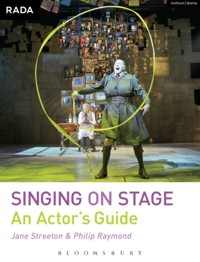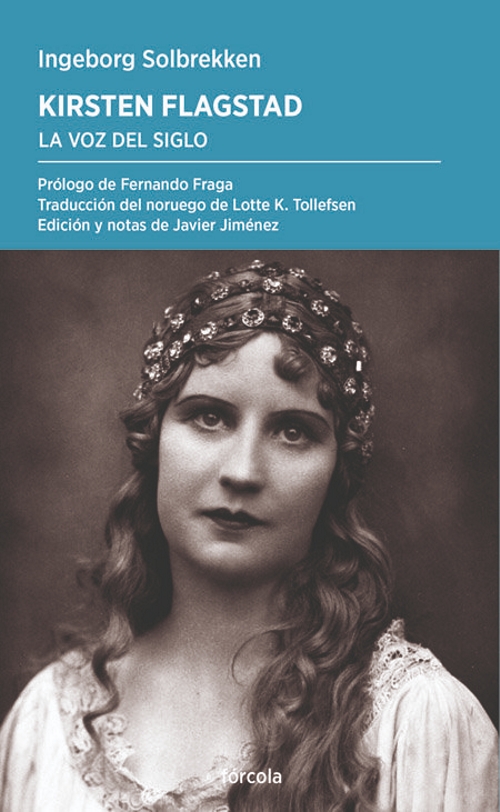
Singing on Stage: An Actor's Guide
Raymond, Philip
;Streeton, Jane
Bloomsbury Publishing. 2014Ficha técnica
- EAN: 9781408145470
- ISBN: 978-1-4081-4547-0
- Editorial: Bloomsbury Publishing
- Fecha de edición: 2014
- Encuadernación: Rústica
- Dimensiones: 19x24,5
- Idioma: Inglés
- Nº páginas: XII+160
No disponible temporalmente
Disponibilidad sujeta a la información del editorPVP. 23,30€
Añadir a la Lista de deseos
Singing on stage can be a daunting prospect for actors, particularly for those who have not sung before. Yet singing should be an essential part of every actor?s toolkit.
"Singing on Stage: An Actor?s Guide" gives an insight for the first time into the vocal techniques and practical approaches that have been developed over generations as an integral part of the training at the Royal Academy of Dramatic Art. Jane Streeton and Philip Raymond are highly experienced performers and teachers; their book encourages each actor to explore their own authentic voice as opposed to offering a "one-size-fits-all" or "quick-fix" approach.
Written in an accessible, friendly and enabling style, "Singing on Stage: An Actor?s Guide" is packed with exercises to develop the actor?s skills and gives an overview of:
-elements of technique
-how to work on a song
-the process of singing theatrically
-how to choose the best songs for you
Featuring inspirational listening suggestions and the observations of successful performers and practitioners, "Singing on Stage: An Actor?s Guide" is the must-have companion for complete beginners as well as for experienced actors who wish to develop their understanding of singing on stage.
CONTENIDO:
Prelude
Introduction
1. A Short History of Singing at RADA
2. The Actor?s Way In
3. Bel Canto in Perspective
4. The Role of the Singing Teacher
5. The Role of the Student
6. Making a Plan ? The Contract
7. Fundamental Principles ? Posture and Breathing
8. Ways we Work with Actors ? Exercises
9. The Role of the Coach and the Accompanist
10. The Actor?s Solar System
11. Acting Through Song
12. Musical Form and Storytelling
13. Listening and the Voice as a Musical Instrument
14. An Approach to Vocal and Theatrical Styles
15. Some Stylistic Influences
16. Thoughts on Repertoire
17. Unaccompanied Singing
18. Practising and Taking the Reins
19. The Next Step ? Workshops, Masterclasses, Cabarets, Small Roles
20. Preparation for Auditions
21. Rehearsals and Performances
22. Troubleshooting
23. Miscellany
Conclusion
Coda
Bibliography
Index of Listening Suggestions
Photograph and Illustration Credits





